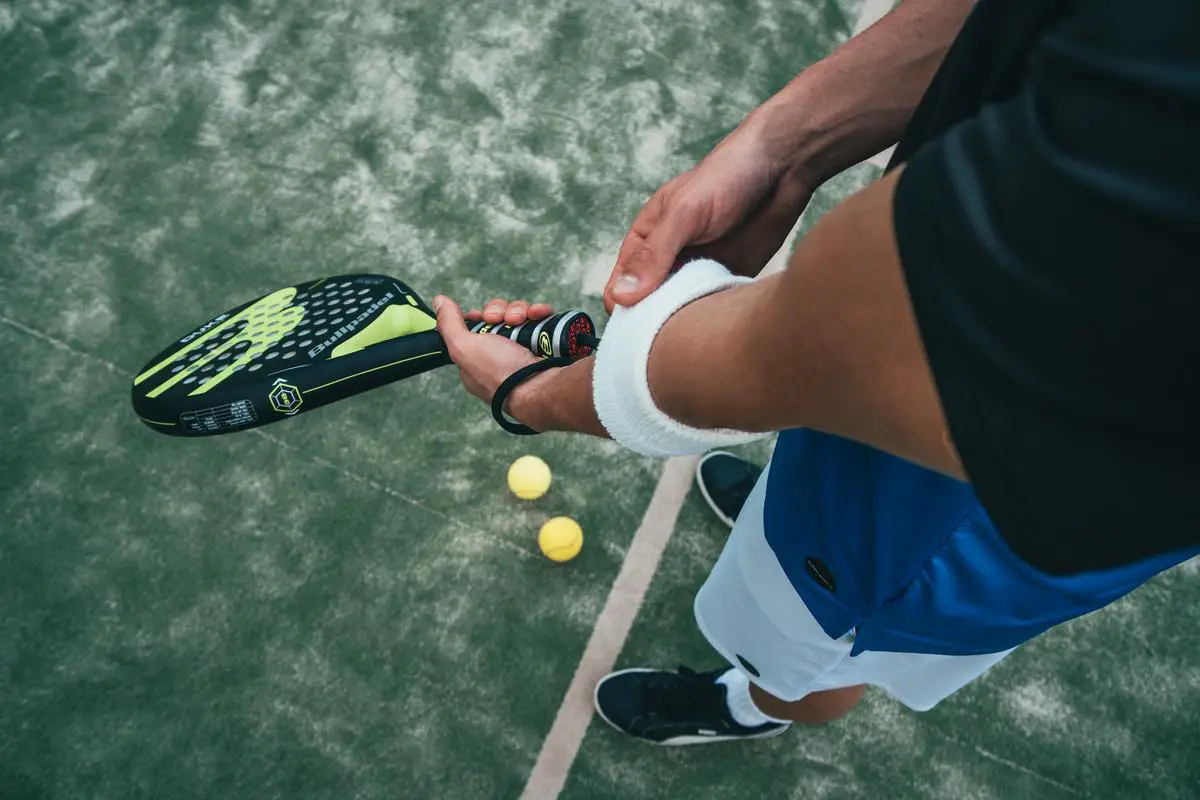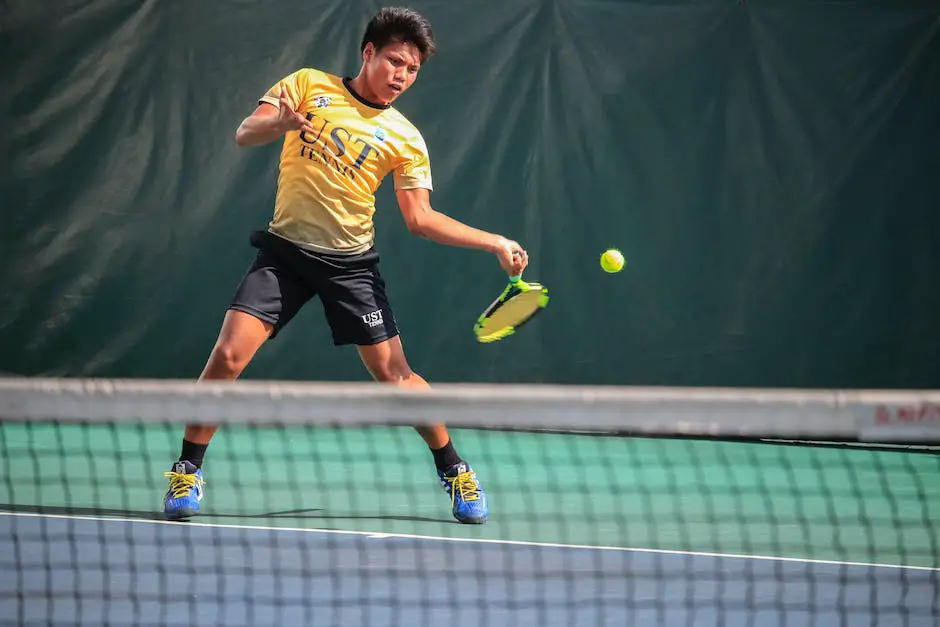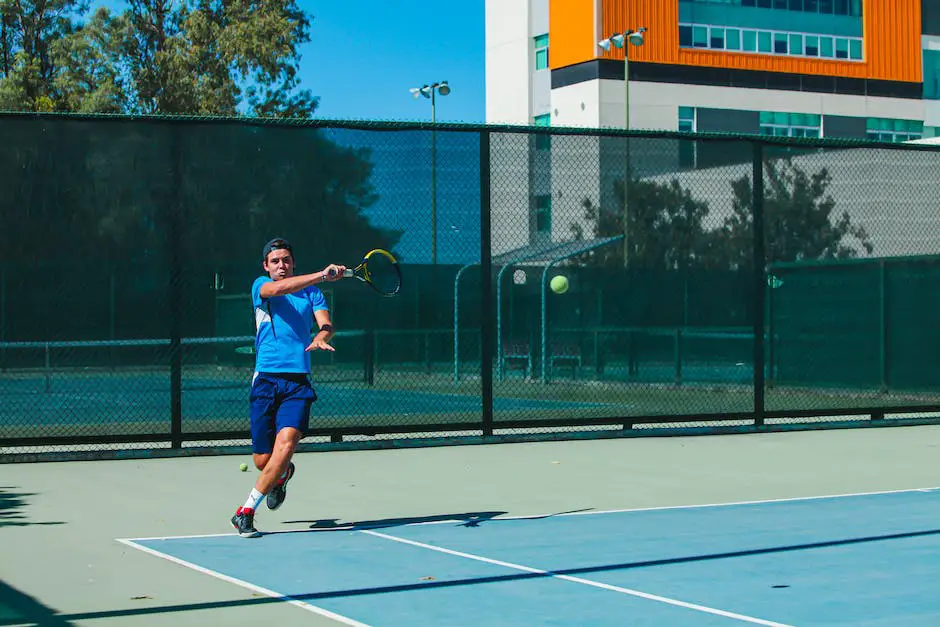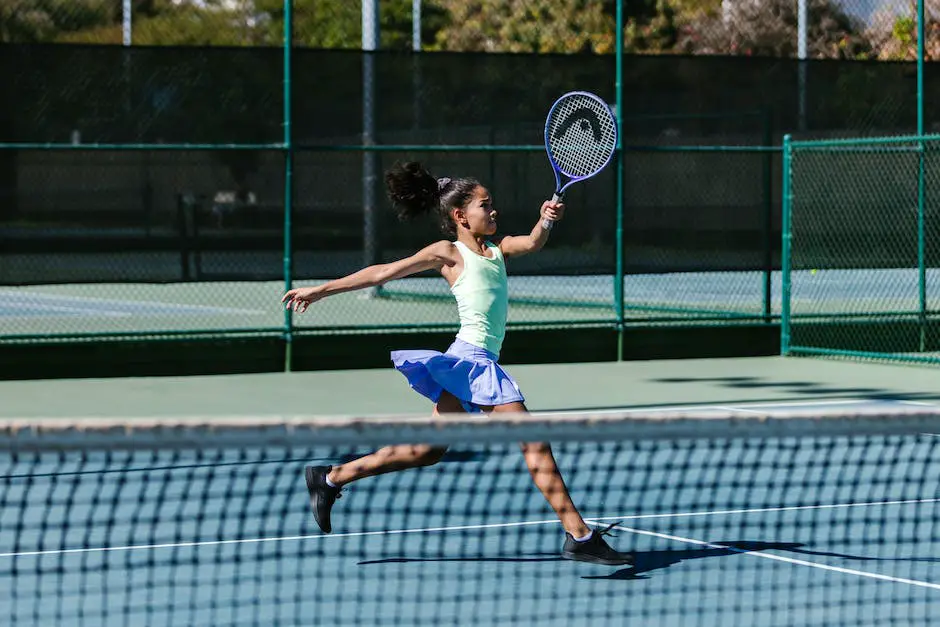The game of tennis is a complex, challenging sport that requires not just physical strength and agility, but also strategic understanding and technical superiority. One of the critical elements in any tennis player’s arsenal is the forehand shot. Numerous factors contribute to a strong and successful forehand, including the grip technique, the swing and footwork, the balance between accuracy and power, and the tactical application of the shot in diverse game contexts. This discussion provides an inclusive guide on understanding and enhancing the various elements of tennis forehand, helping amateur and budding players alike drive their game to the next level.
Fundamental Grip Techniques
Introduction: Mastering Different Forehand Grip Techniques
Tennis is a physically demanding and tactically sophisticated game. It requires a strong understanding and execution of different grip techniques to succeed. Conquering these techniques can significantly improve the type, speed, and spin of your shots. In particular, we will delve into the Eastern, Semi-Western, and Western forehand grips.
Eastern Forehand Grip: The Traditional One
The Eastern forehand grip is one of the most conventional methods used in tennis. Here’s how to execute it:
- Extend your racket out in front of you, with the strings facing perpendicular to the ground.
- Place your base knuckle of the index finger and the heel pad of your hand on the third bevel.
- Wrap the rest of your fingers around the handle naturally and rest your thumb against the back of the handle as support.
The Eastern grip allows for flatter shots with minimal spin, and it’s often used in quick, compact strokes—especially when you have less time to react.
Semi-Western Forehand Grip: The Modern Player’s Choice
The Semi-Western grip is generally preferred by modern tennis players and for a good reason. This method provides more topspin, essential for high-bouncing power-packed shots. To perfect the Semi-Western grip:
- Lay your racket flat with its strings facing the sky.
- Rest your base knuckle of the index finger and the heel pad of your hand on the fourth bevel.
- As with the Eastern grip, place the remaining fingers around the handle in a freestyle manner and let your thumb rest against the back of the handle.
The Semi-Western grip allows for excellent racket-head control and the potential to put a lot of spin on the ball.
Western Forehand Grip: The Choice for Maximum Topspin
The Western grip is typically used by players who prefer striking the ball with a lot of topspin, especially on high-bouncing balls. To use the Western grip:
- Turn your tennis racket so the strings face the ground.
- Place your base knuckle of the index finger and the heel pad of your hand on the fifth bevel.
- As in previous grips, wrap the rest of your fingers around the handle naturally and use your thumb for support on the back of the handle.
This grip type creates a significant amount of topspin but can make hitting low balls more challenging.
Closing Thoughts
Each of these grips has its unique benefits, so you may prefer one over the others depending on your playstyle. However, having a firm understanding and the ability to use all three will make you a more adaptable and unpredictable player. Practice each grip and see which works best for various situations, and soon you’ll see improvement in your forehand shots.

Forehand Swing and Footwork
Understanding the Fundamentals of Forehand Swing
Playing tennis requires the mastery of several skills, and one of the most fundamental of these is the forehand swing. This is the most common shot in tennis and is usually the first that players learn.
Backswing
For your backswing, the first key element is your grip. The most commonly used grip for the forehand is the Eastern grip, accomplished by holding the racket as if you were shaking someone’s hand. Position your base knuckles on the third bevel of your racket handle for optimal positioning.
Once your grip is established, begin your backswing by pointing your non-racket arm towards the incoming ball and simultaneously rotate your body so that your shoulders are perpendicular to the net. Pull your racket back with your elbow being the leading edge to facilitate a low-to-high swinging motion.
Contact Point
The contact point refers to where your racket meets the ball. Ideally, this should be a little in front of your lead foot when your arm is fully extended. Furthermore, the ball should contact the center of the strings, commonly referred to as the “sweet spot” on your racket. It helps in delivering the maximum power to the ball while minimizing the impact shock.
At the contact point, your feet should be roughly parallel to the baseline, and your body should be coiled, ready to spring forward and put power behind the shot.
Follow Through
After contact, your follow through is key in determining both the direction and depth of your shot. Swing your racket forward and upward, finishing with the racket over your shoulder on the opposite side of your body. You should feel a natural uncoiling as you follow through, releasing the stored energy from your setup and contact point.
Mastering Efficient Footwork
Having proper footwork is vital in positioning yourself correctly before the swing. Here are some tips:
Split Step
This is essentially a small hop that you should execute as your opponent is hitting the ball. It puts you into an athletic and balanced position, ready to move quickly in whichever direction the ball goes.
Sidestep and Pivot
After the split step, you need to move quickly towards the ball. If it’s to your forehand side, step out with your lead foot towards the ball while rotating your upper body into your backswing position. Use a sidestep or ‘shuffle’ motion rather than running, as it keeps you balanced and ready to hit.
Recovery Steps
After you hit your forehand, you should take some small recovery steps to adjust your positioning and get back to the center of the court. They’ll help you redirect your momentum and put you back into a ready position for the next shot.
Remember practice is the key to perfecting your forehand swing and footwork in tennis.

Stroke Drills for Accuracy and Power
Introduction: The Importance of a Solid Forehand in Tennis
The forehand stroke in tennis is one of the basic and most powerful shots in the game. Done correctly, the forehand can improve your court coverage, adding power and accuracy to your play. Here are some drills designed to help you fine-tune your forehand stroke, and perfect the balance between power and accuracy.
The Basics: The Correct Forehand Grip and Stance
Before beginning drills, it’s essential that you understand the basics of a proper forehand grip and stance:
- When gripping the racket, place the base knuckle of your index finger on the third bevel. This is the Eastern Forehand Grip, and is widely used by many professional players.
- Stand sideways to the net, with the foot closest to the net steps forward. This is known as the Closed Stance, and gives you balance to hit the ball.
Forehand Drill: Practice The Sweet Spot
The ‘Sweet Spot’ is the area on the racket where vibration lessens or is non-existent. It is believed to be the best location on the racket to hit the ball as it generates accurate and powerful shots.
- Start with an easy self-feed: toss the ball and try to hit it at the sweet spot of the racket.
- Gradually increase the distance, aiming to hit the ball in the sweet spot each time.
- Practice this drill until you are comfortable with the feel and can consistently hit the sweet spot.
Forehand Drill: Cross-Court Forehand
The cross-court forehand is a drill that trains your accuracy.
- Stand at the center of the baseline. Have a partner or coach feed you balls diagonally.
- Your goal is to hit the ball cross-court, aiming to land each shot between the service line and baseline of the opposing side.
- Focus on maintaining your form and hitting each ball at the sweet spot.
Forehand Drill: Down-the-Line Forehand
The down-the-line forehand drill emphasizes on harnessing power in your forehand stroke.
- Start at the edge of the baseline.
- Retrieve balls fed to you cross-court.
- Using your forehand, aim to return the ball down the opposite sideline.
- Concentrate on giving a full swing and using your hips and shoulders for extra power.
Conclusion: Power, Accuracy and Practical Application
No single drill can perfect a forehand. It’s essential to continuously practice different drills to train power, accuracy, and to adapt to real-game scenarios. By consistently practicing these drills, you’re on your way to executing powerful and accurate forehand strokes in your matches. Remember, like all skills, improving your forehand takes time, effort, and patience.

Forehand Tactics and Strategies
Understanding Basic Forehand Strategies in Tennis
A forehand shot in tennis is an essential weapon for every player. This shot occurs when a player swings the racquet across his/her body with the hand moving palm-first. This type of shot can be used defensively or offensively, depending on your understanding of when and how to use it. Let’s unravel different forehand strategies you can deploy during a tennis match.
Choosing the Right Forehand Shot
To effectively use forehand shots in tennis, you first need to understand the different types and when it’s best to use each one.
- Flat Forehand – This fast and powerful shot is best used when your opponent is out of position and you have a good opportunity for a winner shot.
- Topspin Forehand – This shot has an arc trajectory that makes the ball drop quickly onto the court. Best used when you are near the baseline and want to pressure your opponent with deep and high bouncing balls.
- Slice Forehand – Unlike the topspin which gives the ball upward lift, the slice forehand drives the ball downward. Ideal for changing up the pace, throwing off your opponent, or as a defensive shot.
Adapting to Different Game Situations
The secret to a good forehand shot lies not only in your ability to execute the shot but also in your ability to adapt it to whatever the situation calls for:
- Attacking Play: If you want to take control of a point, aim for deep, powerful forehand shots that push your opponent back towards the baseline.
- Defensive Play: When on defense, aim for high topspin shots that buy you time to recover or slice forehands to keep the ball low and force your opponent to hit up.
- Neutral Play: In neutral rallies, mix up pace, spin, and direction to keep your opponent guessing. It helps you to set up points for winner shots.
Reading Your Opponent’s Play
Understanding your opponent’s game will help you decide the best forehand strategy to adopt. Observe their forehand shots, their reaction to your shots, and their weak points. Aim your forehand shots to exploit these weaknesses and force them to play on their back foot.
Constant Practice
Incorporating these tactics and strategies into your game requires regular practice. Do drills that improve your accuracy, control, power, and spin. The more you get comfortable with these aspects, the better your forehand shot becomes.
Remember, success in tennis is not just about power but how well you understand the game and adapt to different situations. So, keep practicing, keep observing, and keep adapting. You’ll soon find your forehand shots becoming a source of strength in your game.

Mastering all these forehand aspects— different grip techniques, well-timed swings, efficient footwork, beneficial drills for enhancing power and accuracy, and the strategic usage— will drastically improve the effectiveness of your forehand and make you a formidable player in the court. The tactics and strategies discussed are not only meant to improve your forehand but also help you understand your opponents better and adapt to various game situations. With continuous practice and determination, you’ll soon see your forehand shots becoming more accurate, powerful, and tactically sound, leveling up your overall tennis prowess.